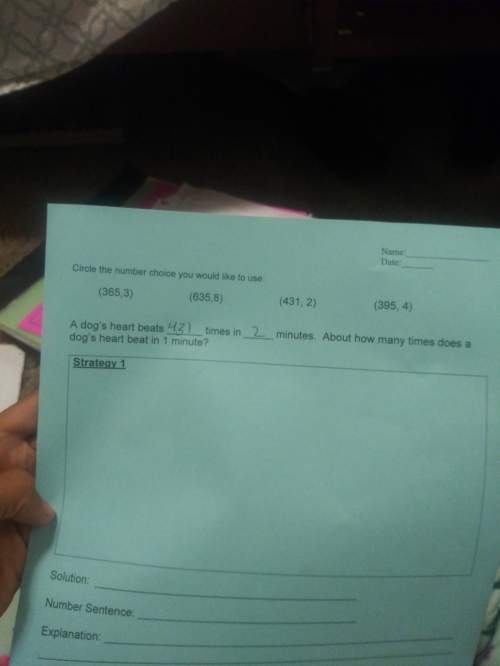
Physics, 13.10.2021 02:50, lavishbre12
The object weighing 1 kg is thrown down from a height of 5 meters with a velocity of 10 m/s. The energy is not dissipated into the air through friction and not passed into the ground, but stays inside the object as an increase in the internal energy. You can approximate gravitational acceleration g=10 m/s2. When the object hits the ground and stop, its change of internal energy is:

Answers: 2
Other questions on the subject: Physics

Physics, 21.06.2019 17:40, duncanje5783
Which is not a source of noise pollution? a)airplanes b)acid rain c)machines d)cars
Answers: 2

Physics, 22.06.2019 14:20, jeny89
4r-134a enters the condenser of a residential heat pump at 800 kpa and 50°c at a rate of 0.022 kg/s and leaves at 750 kpa subcooled by 3°c. the refrigerant enters the compressor at 200 kpa superheated by 4°c determine (a) the isentropic efficiency of the compressor, (b) the rate of heat supplied to the heated room, and (c) the cop of the heat pump. also, determine (d) the cop and rate of heat supplied to the heated room if this heat pump operated on the ideal vapor-compression cycle between the pressure limits of 200 and 800 kpa. (0.757, 4.37 kw, 5.12, 6.18, 3.91 kw)
Answers: 3

Physics, 23.06.2019 00:10, alisonnn101
During cooling, the kinetic energy of the molecules falls. why does this happen? a. the motion of the molecules increases. b. the motion of the molecules slows down. c. the van der waals forces between molecules decrease d. the forces of attraction between the molecules are overcome.
Answers: 2
Do you know the correct answer?
The object weighing 1 kg is thrown down from a height of 5 meters with a velocity of 10 m/s. The ene...
Questions in other subjects:



World Languages, 24.04.2020 18:24



Mathematics, 24.04.2020 18:24

Computers and Technology, 24.04.2020 18:24









